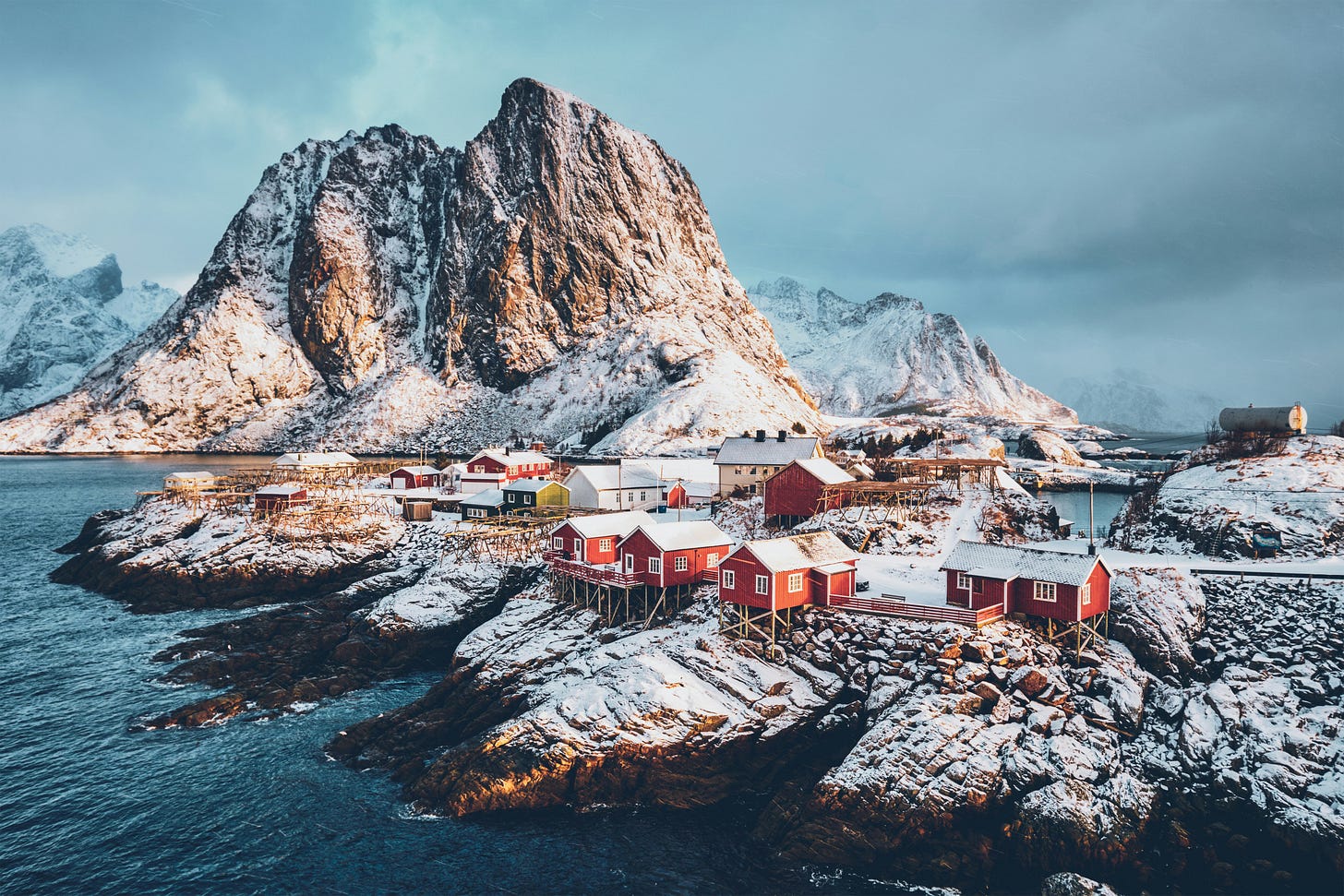
I was saving this topic for a special occasion, maybe an anniversary, subscriber milestone or New Year’s, but suddenly decided to cover it now.
I am going to explain how I came to write about this stuff, but let’s go over the basics first.
1.
Leander Hansen is not my real name. It’s not a cover name, but a pen name. I choose it, because I want to be able to email people professionally without them looking me up.
I have lived near Bergen, Norway my entire life, except for a one and a half year stay in Kristiansand.
As far as I know, I have 100% Norwegian ancestry, there aren’t any other ethnicities in my family, other than unconfirmed rumors granny was 1/16 Sámi or something.
For those wondering how old I am, I won’t give a number, but I can say I am a millennial.
2.
I was politically far-left for most of my teens and first adult years, so after the 2014 revolution in Ukraine, I sympathized with the annexation of Crimea and Russian separatists in Donbas for “anti-imperialist” reasons.
I was aware of the downing of Malaysia Airlines Flight 17, but never heard about the battle of Slavyansk or Donetsk airport, so this wasn’t a war I followed closely.
Gamergate hit at the same time as my shift from Liberal to Conservative. I didn’t learn about the initial controversy until a year later, but it and the early anti-SJW movement had a major influence on my new political direction.
In High School, I was acquainted with a guy who was a RT-fan and even tried to sell me on the channel. I was confused: “What? Russian news?”. He struggled to explain the appeal. Anyway, I never got into it.
On the night of the Brexit referendum, I couldn’t sleep. I laid awake watching the votes roll in and followed the discussion on Reddit. I was elated as “leave” gained ground and eventually became the inevitable result. Oh, and I was in a hotel in Germany at the time.
When Trump was elected, I disbelieved the accusations of Russian collusion, but I never knew much about the matter. I bought a copy of Luke Harding’s book “Collusion” shortly after publication, but never got around to reading it.
Once, I had a Tumblr account for collecting beautiful images, and at one point I reblogged a photo of the Kerch bridge, which connects Crimea to the rest of Russia.
A few days later I received an email from Tumblr, informing me I had shared a post from the Internet Research Agency (IRA). I had never heard about the organization before, but as the email explained it was a Russian troll factory.
I was familiar with the concept of online trolls, but didn’t know social media companies notified people if they reposted content from one, so this took me by surprise.
3.
On February 24th, 2022, I saw the news Russia had invaded Ukraine as soon as I woke up. My first reaction was of course concern for everyone in Ukraine, but I was also worried about how life might change in the West.
I expected a deluge of new anti-disinformation laws and deplatformings across social media, and that is what prompted me to create this newsletter.
Initially known as “Mapping the Disinformation Age”, it debuted on July 23rd, 2022. While writing “The Riddle of Anti-Russianism”, I looked for a term evocative of “Kremlinology”, but for the new fad of disinformation studies and came up with disinfology.
Finding it quite catchy, I decided it would be the new brand of my publication. The dot com domain was still available, so I snagged it October 3rd that same year.
Disinfology is of course the main topic of this newsletter, but not in the way many assume. I cover disinfologist and their antics, without being one myself. Just so we’re clear.
As someone who once was a clueless outsider myself, I write for the uninitiated reader who doesn’t follow the world of disinfology, but remains skeptical. Together we can figure this stuff out!



